Walking through Grosseto feels like stepping back in time. The impressive 16th-century walls embrace the entire historic center. As I strolled along the 3-kilometer hexagonal ramparts built under Grand Duke Francesco I Medici in 1574, I was struck by how remarkably preserved they remain – a rare example of Renaissance defensive architecture that has survived virtually unchanged to this day.
These Medici Walls of Grosseto are one of the few complete city fortifications in Italy that have maintained their original structure. They offer visitors a unique opportunity to experience authentic Renaissance military engineering while enjoying beautiful views of both the historic center and surrounding Tuscan countryside.
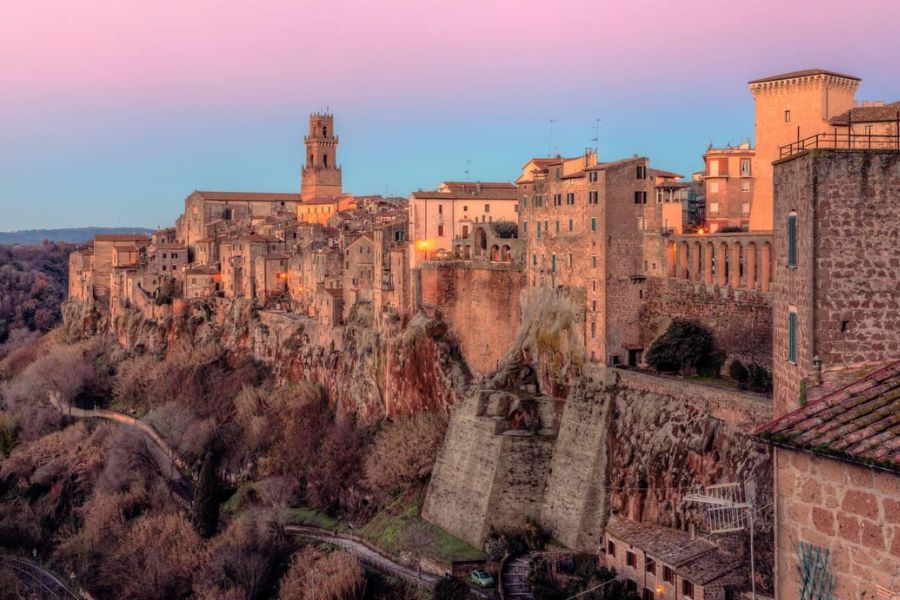
What makes exploring these walls so special is the green path that runs along the top of the ramparts. It creates a peaceful walking route above the bustle of the city. I found myself pausing at each of the massive bastions that punctuate the hexagonal perimeter, imagining the soldiers who once defended this proud Tuscan town. Whether you’re a history buff or simply looking for a pleasant walk with panoramic views, Grosseto’s walls deserve a spot on your Tuscany itinerary.
A Stroll Through History: The Medieval Legacy of Grosseto
Walking through Grosseto feels like stepping back in time, with its impressive 3km-long Medici Walls that completely encircle the city center. These 16th-century defenses represent one of Italy’s best-preserved medieval wall systems.
Significance in Tuscany: From Republic of Siena to Medici Control
I was fascinated to learn that Grosseto’s history stretches back to ancient times. The area was first settled during the Stone Age. The town gained importance during the Etruscan period before becoming a Roman municipality.
During my visit, locals told me how Grosseto was once part of the powerful Republic of Siena. This connection shaped much of the city’s medieval character until 1557, when the ambitious Medici family took control.

The Medicis immediately strengthened their hold by constructing the massive walls we see today. These weren’t just decorative—they served as crucial defenses in an era of constant territorial disputes. What makes Grosseto special is that while many Italian cities have lost their defensive walls, this hidden Tuscan gem has preserved its complete circuit.
Grosseto’s Strategic Importance and the Grand Duke Leopold II
The strategic value of Grosseto became clear as I walked the ramparts. Positioned in the Maremma region of southern Tuscany, the city controlled important trade routes and agricultural lands.
Grand Duke Leopold II of Tuscany particularly recognized Grosseto’s importance in the 19th century. Under his leadership, major improvements came to the city and surrounding marshlands. Leopold II’s modernization efforts preserved the medieval character while making the region more habitable.
I noticed how the Medici Fortress still dominates the northwestern corner of the walls. This impressive structure served as both military protection and a symbol of Medici power over the region.
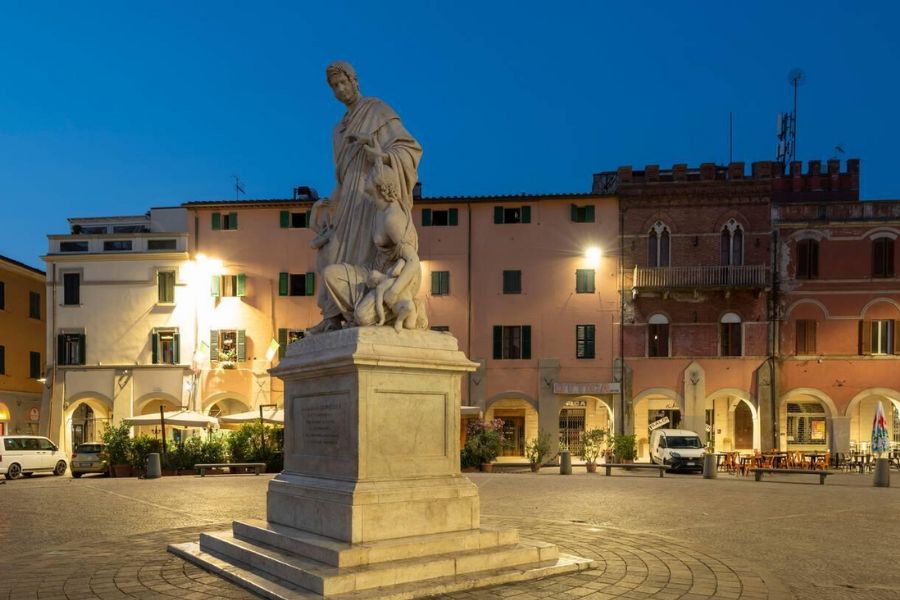
Today, these well-maintained defenses have helped Grosseto earn recognition and awards as a heritage destination worth exploring—despite being often overlooked in favor of more famous Tuscan cities.
Exploring Grosseto’s Ramparts
Walking along Grosseto’s ramparts offers a journey through time and breathtaking views of the Tuscan landscape. The perfectly preserved walls showcase Renaissance military architecture while providing a peaceful path above the bustling historic center.
Architectural Marvels: The Medici Fort and Walls
The imposing walls that embrace Grosseto’s historic center were built in the 16th century under Grand Duke Francesco I Medici. As I stroll along these Renaissance ramparts, I’m amazed by how well-preserved they remain after five centuries.
The walls incorporate two fascinating medieval structures from earlier Sienese fortifications: Porta Vecchia (Old Gate) and the Cassero Senese. These elements create a wonderful architectural contrast against the newer Renaissance sections.
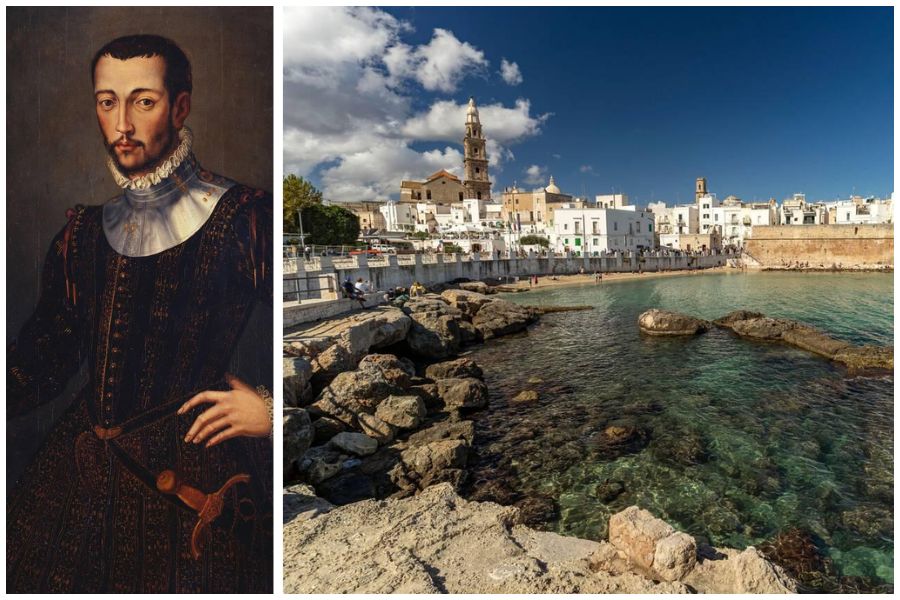
The Medici Fort stands as the crown jewel of this defensive system. Its massive bastions and strategic design reflect the military engineering genius of the Renaissance period. I love exploring the fort’s interior, which now houses cultural exhibits showcasing Grosseto’s rich history.
Panoramic Views: Maremma and Beyond
The real magic happens when I climb to the top of the ramparts for panoramic views. From this elevated position, the rolling hills of Maremma stretch toward the horizon in a patchwork of olive groves and vineyards.
On clear days, I can spot the glimmering Tyrrhenian Sea in the distance, creating a perfect blue backdrop to the rustic Tuscan landscape. The view transforms with the seasons—golden in summer, rust-colored in autumn, and lush green in spring.
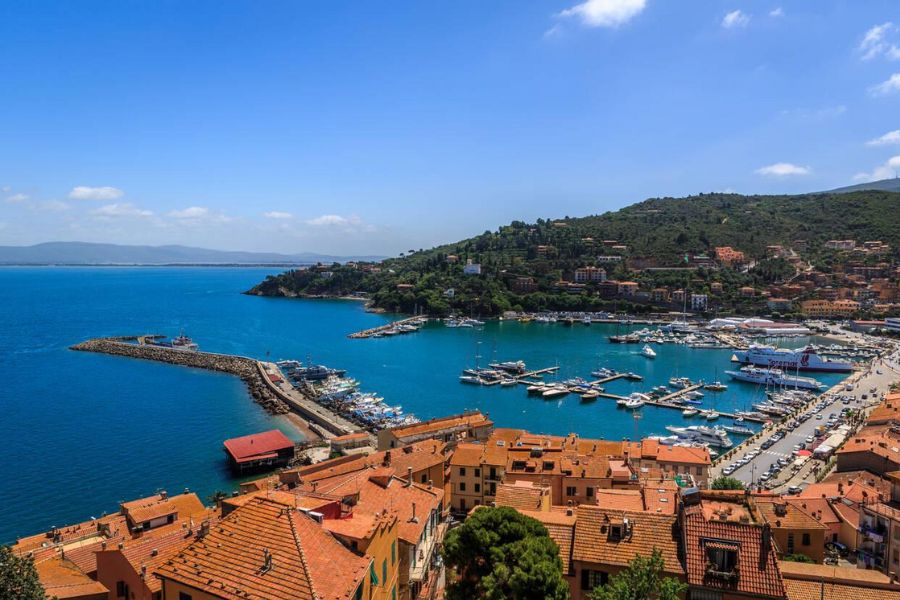
My favorite time to visit is during sunset when the walls take on a warm amber glow. The historic center below comes alive with twinkling lights as dusk falls. I recommend bringing a camera to capture the stunning vistas and perhaps a small picnic to enjoy while watching the sun dip below the Maremma hills.
Cultural Immersion: Festivals and Traditions
Walking Grosseto’s walls offers more than just architectural appreciation—it’s an opportunity to experience vibrant traditions that bring the city’s medieval past to life through colorful celebrations and historical reenactments.
Annual Highlights: Medieval Festivals and the Balestro del Girifalco
I’ve timed my visits to Grosseto to coincide with some of the most spectacular medieval festivals that transform the walled city into a living museum. The highlight is undoubtedly the Balestro del Girifalco, held twice annually in May and August.
During this event, I’ve watched crossbow competitions where contestants dressed in stunning period costumes represent different districts of the city. The competition takes place within the walls, creating an authentic medieval atmosphere that’s impossible to forget.
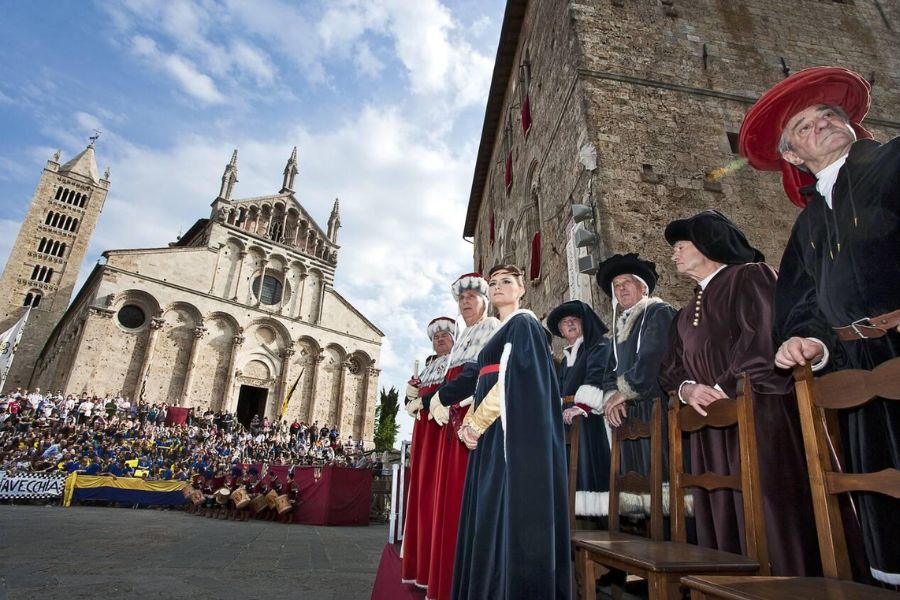
Other notable festivals include:
- Festa di San Lorenzo (August 10) – Honoring the city’s patron saint
- Grosseto Medieval Days – Featuring artisan markets, flag-throwing displays, and period music
Connecting with History: Reenactments and Celebrations
What I love most about Grosseto’s cultural celebrations is how they connect visitors directly to the city’s rich past. During summer evenings, I’ve joined guided theatrical tours where actors in period dress lead groups through the ramparts, telling stories of the Medici family and local legends.
The annual historical reenactment of the “Signing of the Walls” commemorates when Grand Duke Francesco I Medici commissioned the hexagonal fortifications. Local residents participate enthusiastically, wearing Renaissance costumes and demonstrating traditional crafts and cooking methods.
Food plays a central role in these celebrations. I’ve sampled authentic Maremma cuisine at festival stalls set up along the walls, where traditional recipes are prepared just as they were centuries ago.
Tasting Tuscany: Culinary Journeys in Grosseto
Grosseto’s food scene perfectly captures the essence of Tuscan cuisine with its earthy flavors and historic traditions. The medieval walls don’t just protect architectural treasures—they embrace a vibrant culinary landscape worth exploring.
A Sample of Tradition: Tuscan Cuisine and Wine
Walking through Grosseto’s narrow streets, I discovered the true heart of Tuscan cuisine—simple ingredients transformed into extraordinary dishes. Local restaurants serve pappardelle with wild boar sauce, a regional specialty that pairs perfectly with the robust Morellino di Scansano wine produced in nearby vineyards.
The medieval Castle of Montalcino, just a short drive away, offers exclusive wine tastings that I found absolutely worth the €66 price tag. These tastings include traditional Tuscan lunches featuring pecorino cheese, fresh olive oil, and crusty bread.
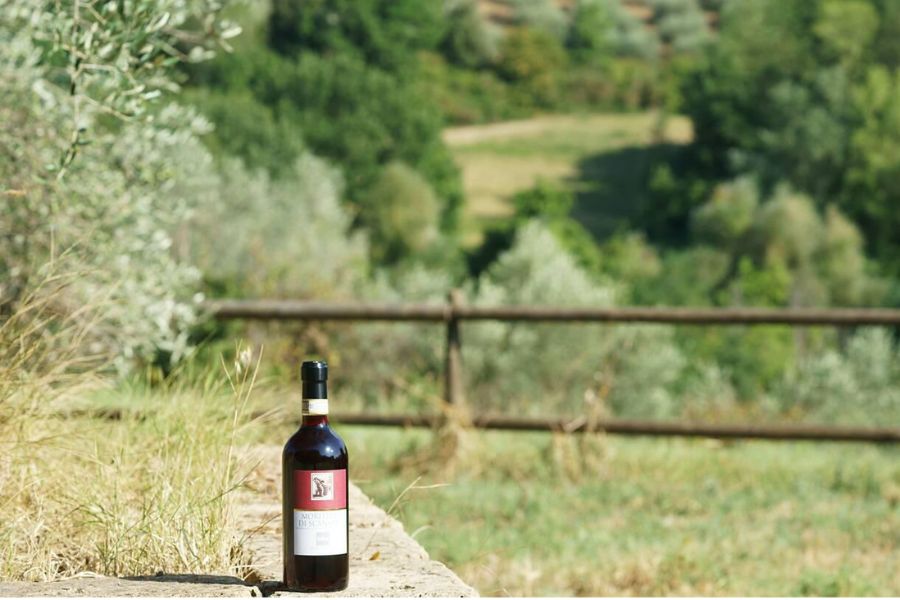
What surprised me most was how the food connects to the landscape. Wild herbs gathered from the Maremma countryside flavor slow-cooked stews, while fresh seafood from the nearby coast appears on dinner plates the same day it’s caught.
Culinary Experiences: From Vineyards to Local Delicacies
My favorite culinary adventure in Grosseto was joining a small-group tour through family-run vineyards. Winemakers showed us their centuries-old techniques while we sampled wines paired with local snacks.
The weekly market in Grosseto’s main square offers a treasure trove of local products:
- Fresh seasonal vegetables from surrounding farms
- Artisanal salamis and cured meats
- Local honeys and jams
- Handmade pasta
I recommend booking a cooking class in one of the historic buildings within the city walls. My instructor taught us to make pici pasta by hand—rolling dough into thick spaghetti-like strands—while sharing stories about Grosseto’s culinary history.
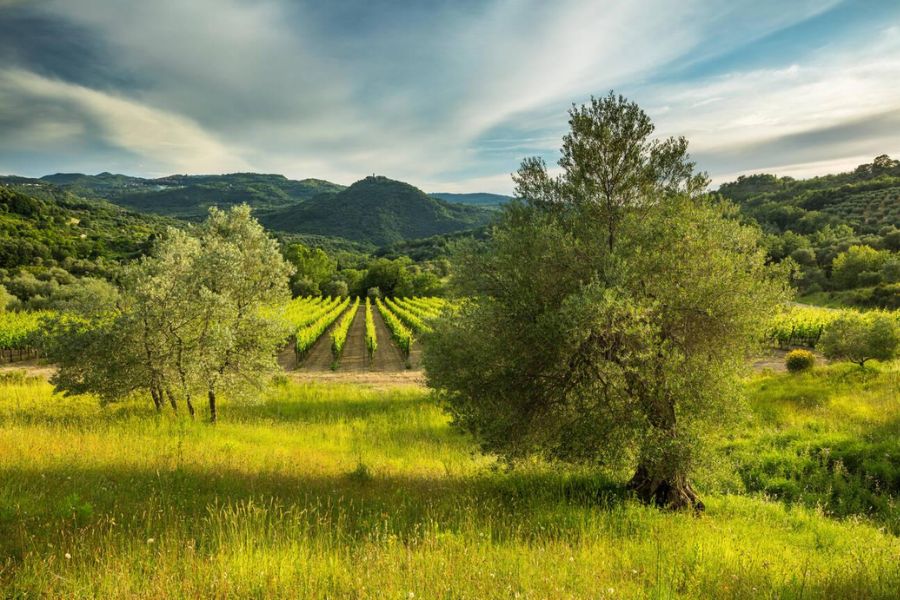
For an authentic experience, visit during autumn when restaurants feature mushroom and truffle specials. The earthy flavors perfectly complement the medieval atmosphere of this underappreciated Tuscan gem.
Beyond the Walls: Venturing Through the Maremma
Stepping outside Grosseto’s magnificent Medici walls reveals the diverse and captivating Maremma region, a landscape of wild beauty and cultural richness waiting to be explored.
Natural Wonders and Coastal Gems
The Maremma offers some of Tuscany’s most pristine natural environments. I found myself mesmerized by the region’s stunning coastline along the Tyrrhenian Sea, where crystal-clear waters meet golden sandy beaches and rugged cliffs.
The Maremma Natural Park is a true wilderness gem. During my visit, I spotted wild horses roaming freely across meadows and marshlands. This protected area covers nearly 9,000 hectares and provides a sanctuary for numerous bird species.
The beaches here are simply magnificent. Cala Violina, named for the musical sound its sand makes underfoot, became my favorite hideaway. Pack a picnic and make a day of it!
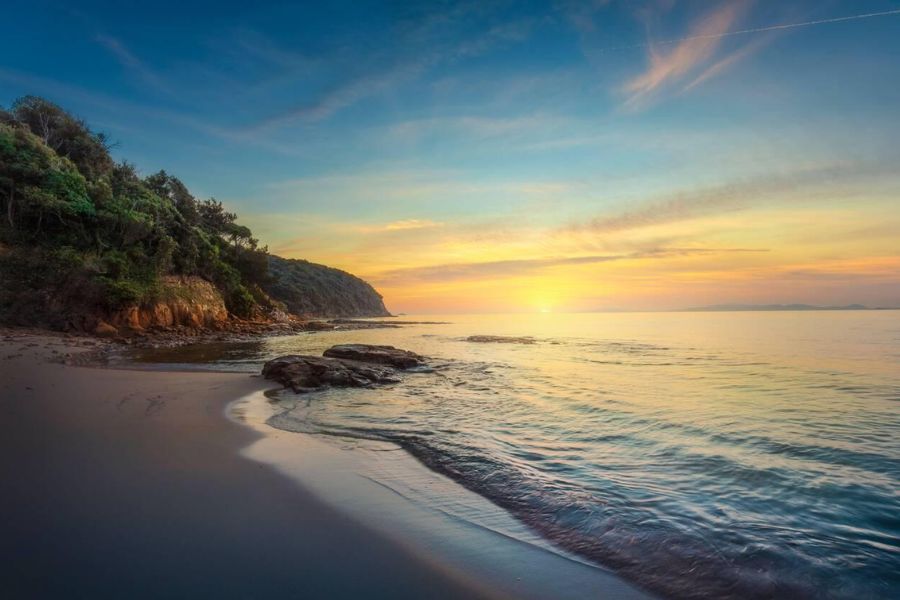
For nature lovers, the thermal springs of Saturnia offer a unique experience. I spent a blissful afternoon soaking in these natural hot pools, feeling my stress melt away in the mineral-rich waters.
Neighboring Towns: Massa Marittima and Follonica
Massa Marittima captured my heart with its medieval charm. The town’s magnificent Duomo dominates its main square. Meanwhile, narrow winding streets reveal artisan workshops and intimate restaurants serving authentic Tuscan cuisine.
The Mining Museum here tells the fascinating story of the region’s industrial past. I was particularly struck by the ancient mining tools and interactive exhibits that bring this heritage to life.
Just 20 minutes from Massa Marittima, Follonica offers a more modern coastal experience. This seaside town boasts wide boulevards lined with pine trees. It also has a lovely promenade perfect for evening strolls.
Follonica’s beaches are ideal for families, with shallow waters and excellent facilities. I enjoyed sampling fresh seafood at beachfront restaurants. Meanwhile, I watched spectacular Mediterranean sunsets paint the sky in vivid colors.

